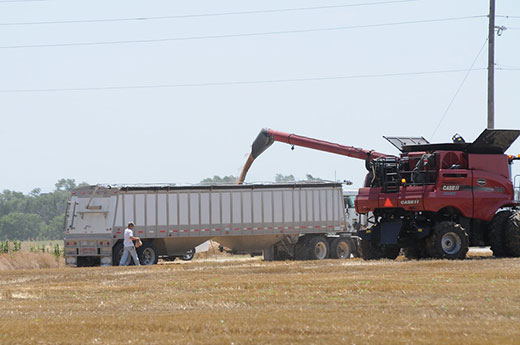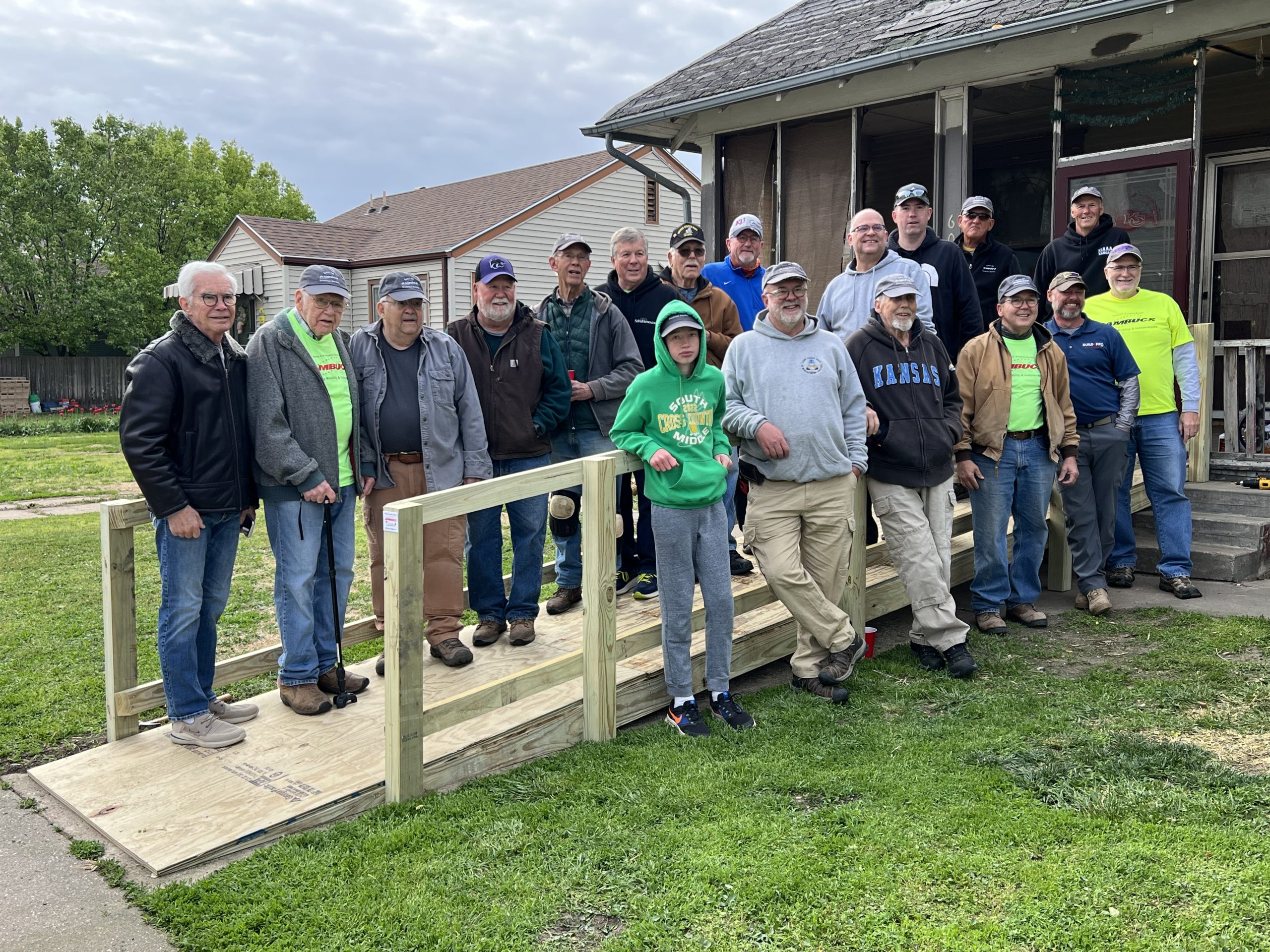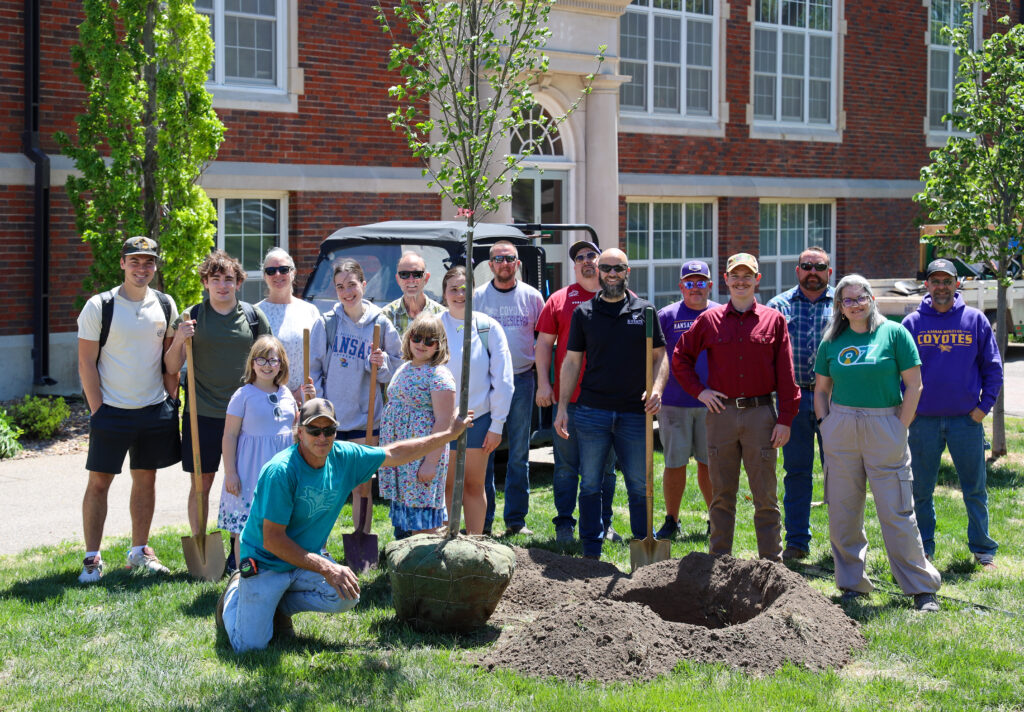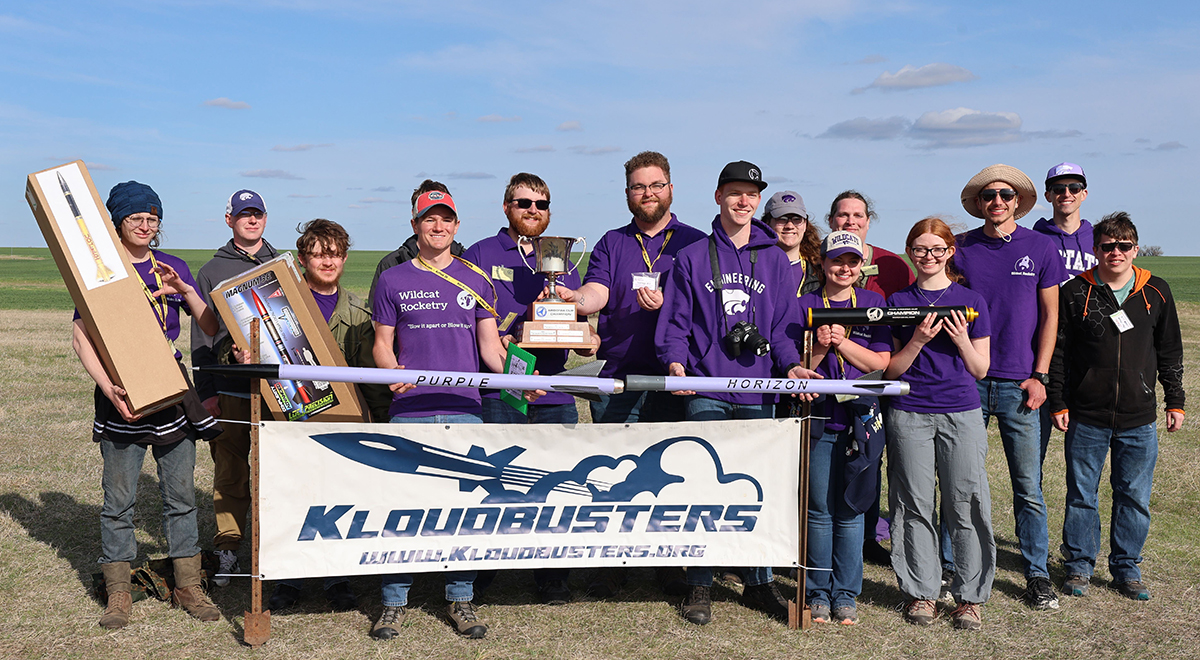Jenny Ifft has a keen eye for the changing landscape in agricultural finance.
An agricultural economist at Kansas State University, Ifft is watching as nontraditional forms of lending slowly gain market share, increasing the options available for financing agriculture.
“Nontraditional doesn’t mean old or new (forms of lending),” Ifft said. “Some types of nontraditional finance are the result of experience gained over decades of serving farmers, such as implement dealer finance, while others are startups that are testing new lending models.”
Ifft and colleagues from Purdue University and the USDA’s Economic Research Service recently served as editors for a special issue in Agricultural Finance Review titled Nontraditional Credit in U.S. Agriculture.
Their work summarizes much of the academic research on nontraditional lending, eventually concluding that financing outside of traditional relationships “could be as high as 25% of farm lending.”
“More credit availability typically leads to more investment and income over the long term, so the overall impact should be positive,” Ifft said.
“However,” she adds, “with any increase in lending, there is also an increase in risk.
“Currently I’m not highly concerned about the risk associated with nontraditional finance. The nontraditional lenders I have interacted with and studied largely have robust business models. However, I am concerned that it is difficult for policymakers to track and measure some types of nontraditional finance, which is one area where I’ve focused my research.”
Ifft notes that from a policy perspective, financial regulators – such as regional Federal Reserve Banks – track the financial performance of agriculture banks (those in which farm loans comprise 25% or more of total loans). Also, the USDA tracks farm financial well-being, including making updates to the U.S. farm sector income and balance sheet forecasts three times a year.
So, the authors write, “policymakers need accurate information on the volume and risk associated with nontraditional finance, but publicly available sources may not encompass all types of nontraditional lenders.”
Ifft said defining ‘nontraditional lenders’ is difficult, but often fall into three categories: vendor finance, high-volume branchless lenders, and collateral-based lenders.
“Another way to think about nontraditional lenders: it’s a diverse group of lenders serving production agriculture that are not commercial banks or Farm Credit System lenders, or public lenders like the Farm Service Agency,” she said.
Ifft said that in additional to financing options, farmers considering nontraditional sources for lending should consider interest rates, loan terms and the “long-term relationship with the lender through the ups and downs of the farm economy.”
“Between innovation from within agriculture, external capital (lenders) seeking to invest in agriculture, and the overall strong farm economy, right now there are many different lenders competing to serve production agriculture,” she said.
More information agricultural lending, as well as Ifft’s summary on nontraditional credit in the U.S., is available online from the K-State Department of Agricultural Economics.
_ _ _
KSU Photo



